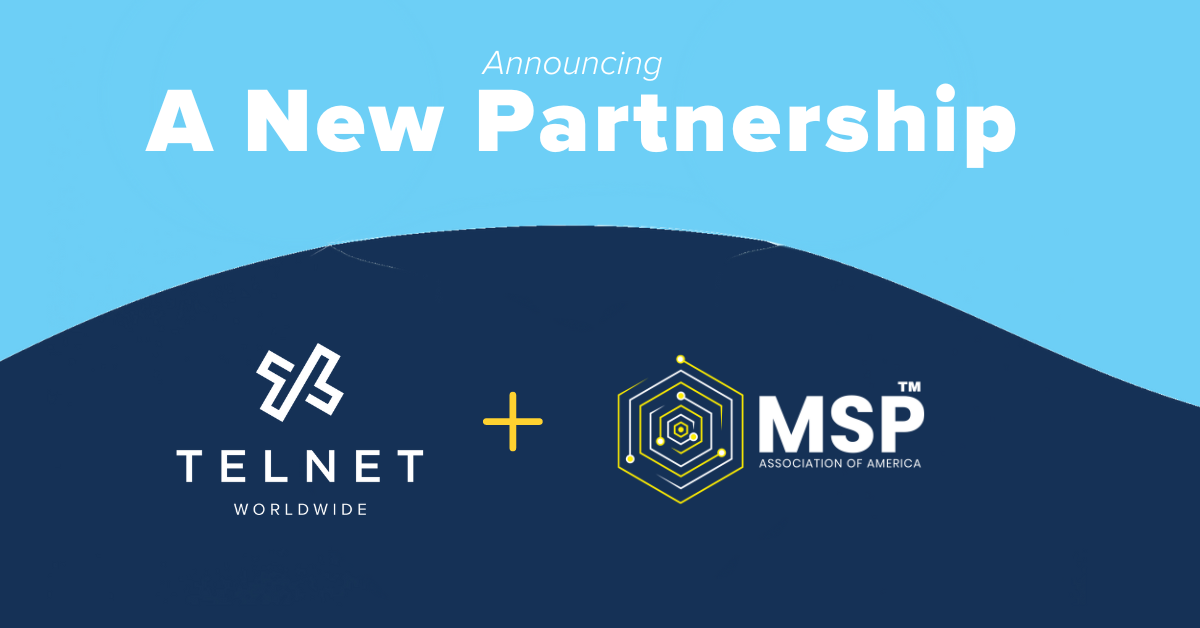Staying on top of technology updates, managing costs and having the resources to maintain critical infrastructure is a balancing act for today’s organizations. Juggling just one of these moving parts isn’t easy, so when you’re making a decision that impacts all of them, you need to make sure it’s carefully considered.
Here’s one of those tough questions: Should you move your organization’s phone system into the cloud? Or keep it on-premises?
We’re going to walk through five major differences between on-prem and cloud phone systems so you can make the best decision for your business.
Understanding On-Prem and Cloud Phone Systems
Before we jump into the differences, let’s make sure we have the basics down. The fundamental difference between cloud and on-premise systems is where they live.
On-Premise PBX
As the name suggests, on-premise phone systems live on your business’s premises, with software installed locally, on your computers and servers. These PBXs require legacy voice connection methods like PRI or analog lines and use a different physical network than your computers do.
Cloud PBX

Cloud systems aren’t as nebulous as they sound. With a cloud-based phone system, software is hosted on your service provider’s server and accessed via a web browser. They use the same internet connection you’re already using, can be less expensive to maintain or update and give you more features and functionality.
Core Differences Between On-Prem and Cloud Phone Systems
1. Hardware Requirements
This is the biggest difference between on-premise and cloud-based phone systems. As the name implies, an on-premise PBX is an actual piece of hardware kept on location. On the other hand, a Cloud PBX, does not require additional hardware or software on-site. Instead, data is transmitted over the internet and managed entirely by your service provider.
2. Updates and Upkeep
Like any legacy technology, traditional PBXs rarely receive updates. Between basic upkeep and regular maintenance, admins spend a lot of time troubleshooting this kind of complex system. And you’re on your own if something breaks down. But with a Cloud PBX, new updates and upgrades are rolled out automatically. You don’t need any expert technicians, because the system can be easily modified on a browser. Your service provider basically handles all the heavy lifting.
3. Reliability and Connectivity
Traditional PBXs are vulnerable to natural disasters, wear and tear and power outages since they use copper cabling to transfer phone calls. Cloud PBXs, on the other hand, are as reliable as your internet service (which, based on the digital needs of today’s workforce, needs to be top notch). These systems are housed in secure data centers equipped with redundancies, making sure your connection never goes down. Really, it all comes down to the reliability of your internet service (and backups).
4. Total Cost of Ownership
Thanks to the physical equipment needed, on-premise PBXs end up requiring a significant upfront capital investment, which is then compounded by maintenance, upkeep and upgrades — not to mention the space required for hosting it. A Cloud PBX converts this capital expenditure (CapEx) model to a monthly operating expense (OpEx). Not only do you skip all those massive upfront costs, but your total cost of ownership is lower because hardware is optional depending on whether you prefer deskphones or softphones. However, unlike on-premise PBXs that come with initial upfront costs, Cloud PBXs come with higher monthly expenses. All in all, it really depends on your position on CapEx and OpEx. Paying monthly per user might “cost” more than realizing a CapEx investment over X years, but you’re also not dealing with hardware, SIP Trunking or PRIs.
5. Scalability
With an older, on-premise PBX, scaling can be an extensive process. If you’re adding a desk phone, you’ll have to tweak the wiring in the closet and add expensive PBX line cards. But with a Cloud PBX, adding and removing a phone line is as simple as configuring it on your administration portal — just keep in mind you’ll have to pay for another “seat.”
Key Questions to Consider
If your organization is trying to make the decision between an on-premise and cloud-based phone system, you need to make sure you’re asking the right questions.
Financing
- Would you rather pay for the upfront investment of an on-premise solution or extend payment with monthly installments for a cloud option?
- Does your organization prefer CapEx or OpEx?
- Are you already in a lease for a PRI or SIP trunk?
Resources
- Do you have the tools to ensure top-level security?
- Do you have the internal resources needed to manage the system in-house?
- Do you have a lot of remote workers or unreliable power at your location(s)?
- What level of support do you need? What level of support do you want?
Technology
- Is it important for you to have access to the latest functionality and compatibility updates?
- Do you need a lot of features that would incur additional monthly fees or licensing?
- Is your motivation to upgrade related to Kari’s Law and RAY BAUM’s Act?
Decisions, Decisions
All in all, there are a lot of factors to consider when choosing your next phone system. While most organizations will move toward the cloud after weighing the expense of modern PBX hardware and the staffing required to maintain it, it really depends on your organization’s situation. A Cloud PBX might make sense for one business, but not for another that’s already invested heavily in their legacy PBX. For those who need to squeeze a little more life out of a premise-based PBX, IP-PRI is a great option to leverage VoIP on your legacy system.

Ultimately, your decision comes down to what’s best for your key stakeholders, but it’s important to thoroughly consider the different options and ensure you’re making an informed decision.
Taking the Next Step
We’ve walked through the five core differences between on-premise and cloud-based phone systems and have given you the key questions to consider when making a decision. Now what?
Assess Your Current System
Look at what you have now. Is it working? What do you really need for your organization today? What about tomorrow?
Plan for the Future

What can you do to improve your system in the short-term? What about long-term?
Execution and Support
Get yourself a provider that will help you every step of the way, from configuration and installation to training and support.
We’re Here to Help
Ineffective communication technology is a pain. When your technology doesn’t work like you need it to, your productivity, security and sanity suffers. At TelNet Worldwide, we’re here to change that with simple and effective communication solutions to support your business.
Still feel like you’re on the fence? Reach out to us and one of our communications experts can help you find the perfect solution.




